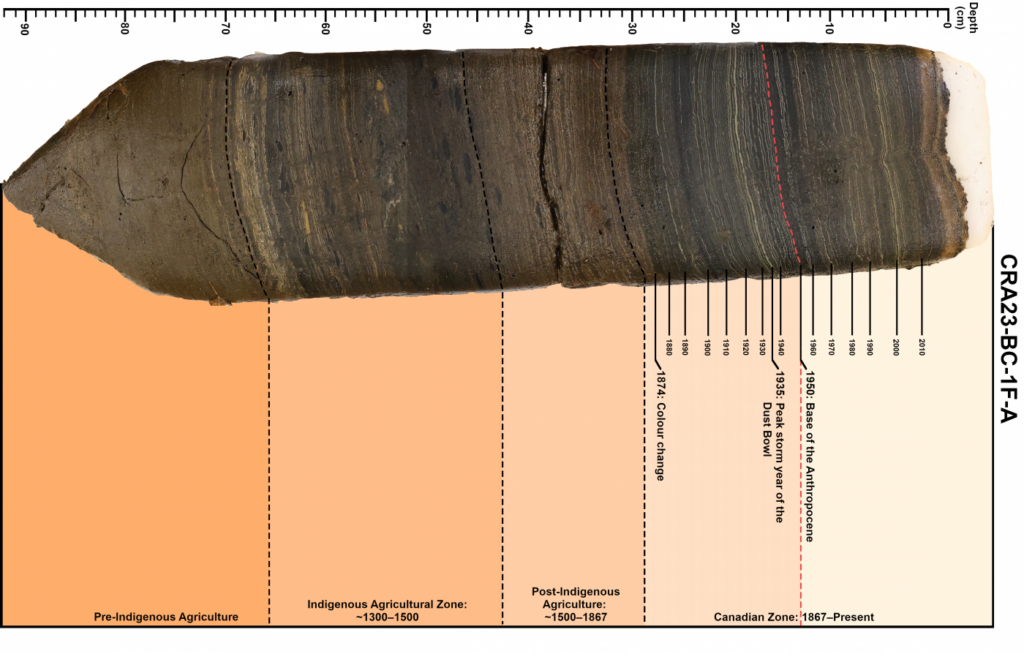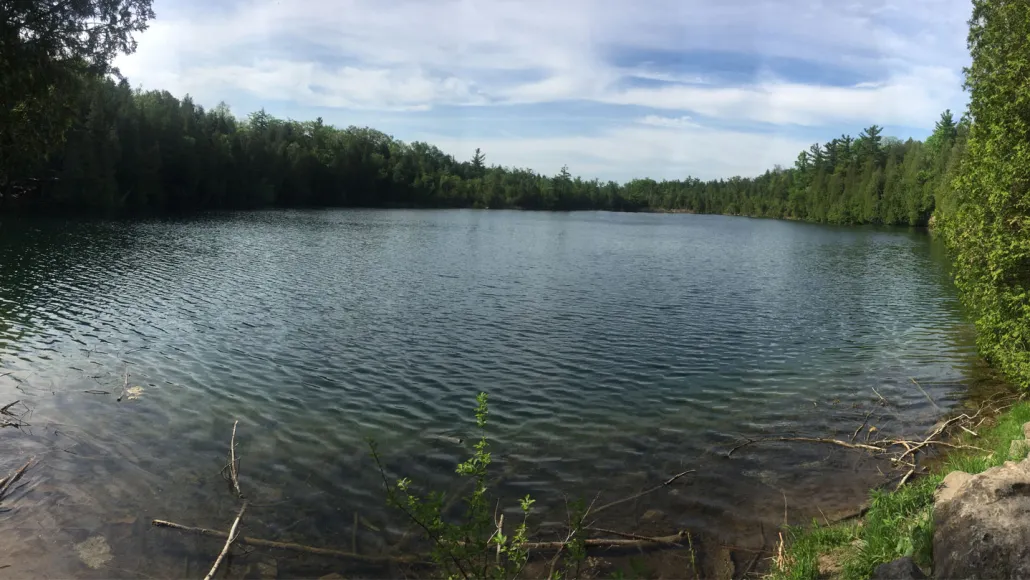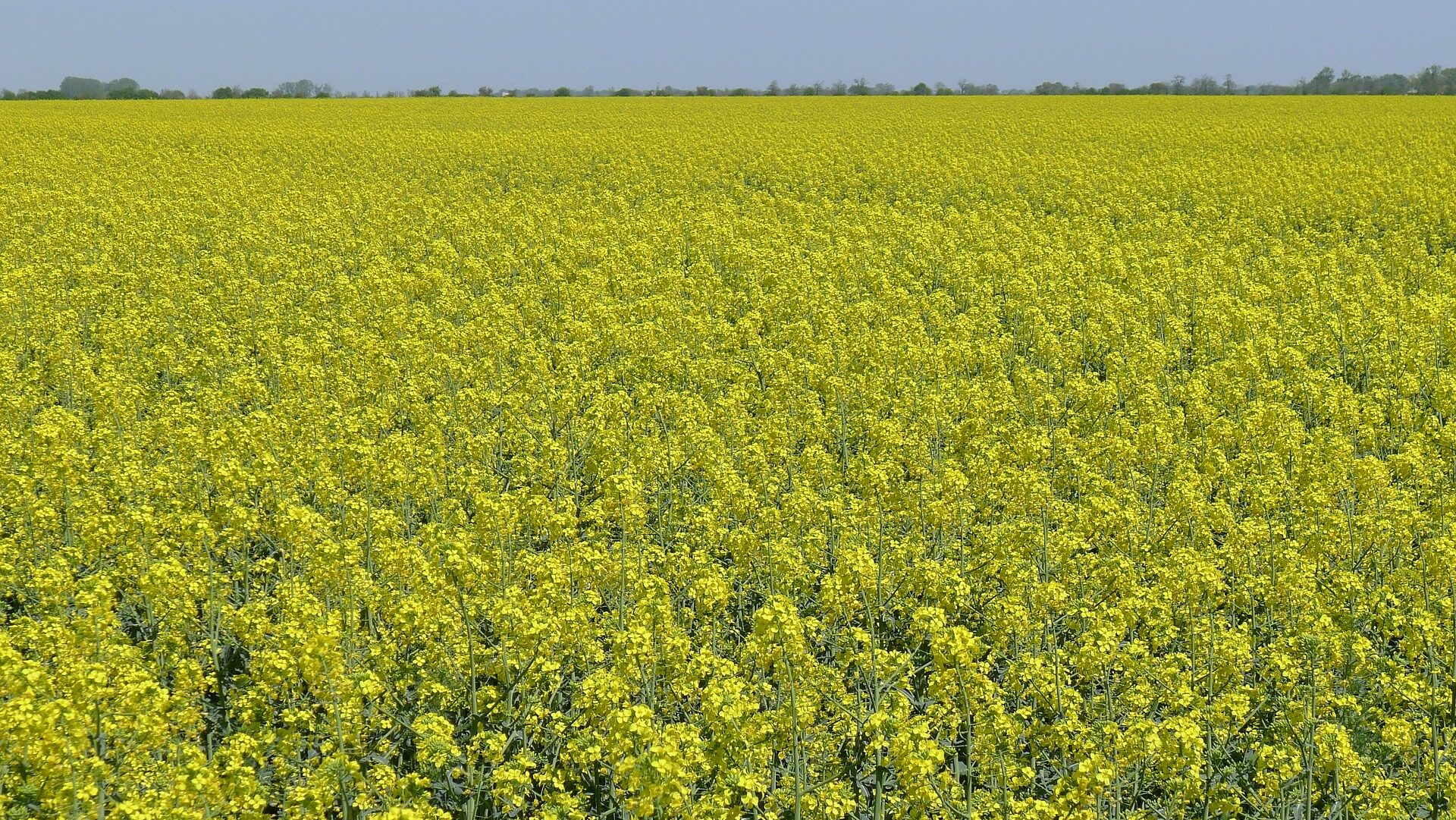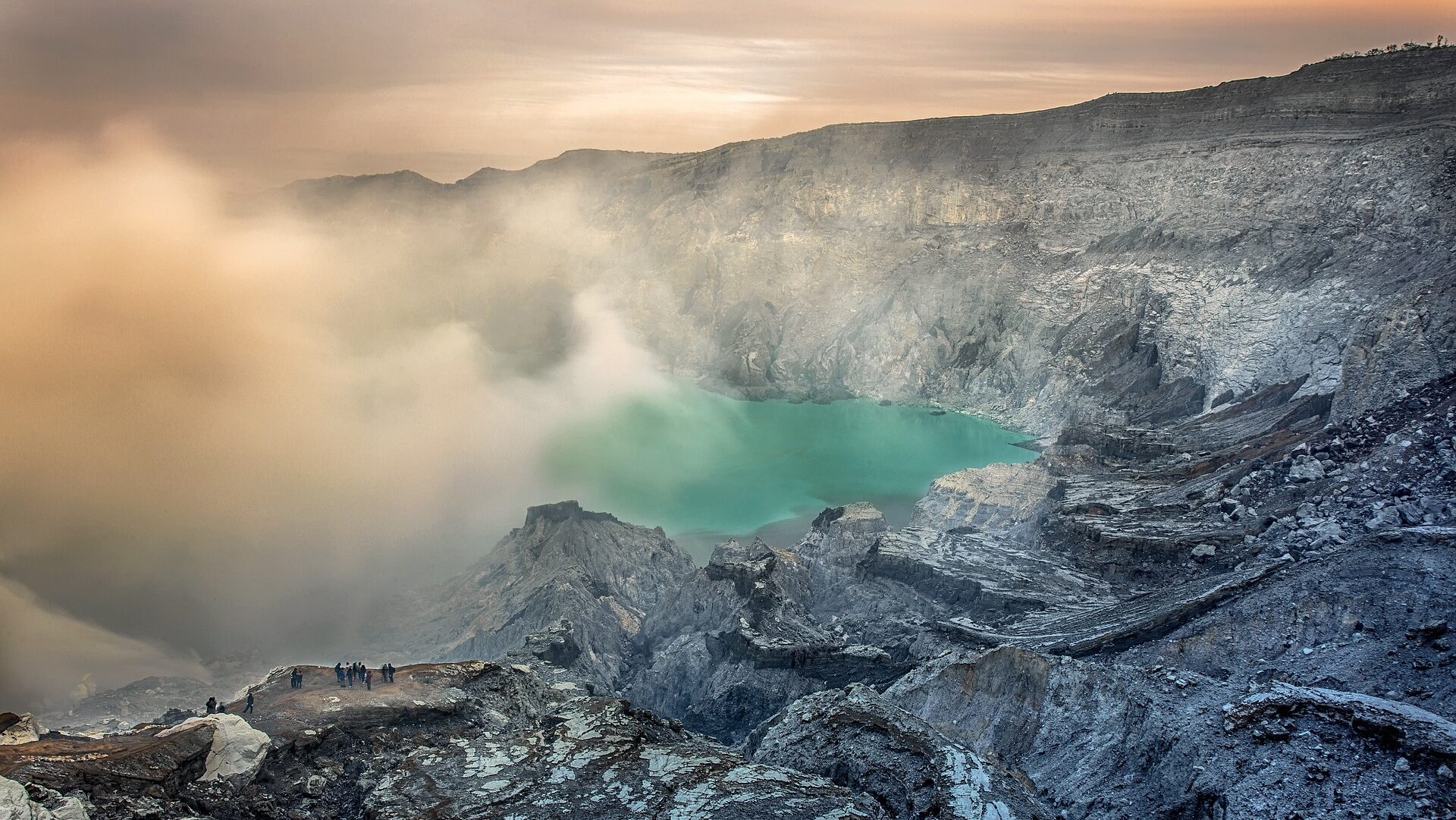Featuring Crawford Lake in Milton, Ontario, Canada
Featured Image: SARAH ROBERTS
Reading Time – 12 Minutes, Difficulty Level – 2/5
Throughout history, humanity has traversed various epochs, each marked by significant advancements, societal changes, and cultural developments. From the Stone Age to the Modern Age, these epochs provide a framework for understanding the trajectory of human civilization.
Epochs, delineated in the geologic time scale, provide a framework for comprehending the vast expanse of Earth’s history. The current epoch, the Holocene, began approximately 11,700 or so years ago, marking the end of the last ice age. However, mounting evidence suggests that human activities have ushered in a new epoch, termed the Anthropocene. This proposed epoch acknowledges humanity’s profound impact on the planet, including mass extinction, climate change, and significant alterations to ecosystems.
Recently, the proposal of the Anthropocene epoch has sparked renewed interest in defining humanity’s impact on the planet. This article explores the anthropological ages from an evolutionary perspective, with a special focus on Crawford Lake in Milton, Ontario, as a potential defining site for the Anthropocene epoch.
What are Epochs and Ages?

Epochs and ages serve as fundamental units for analyzing the evolution of human societies and cultures in anthropology.
Epochs:
- Denote broad periods characterized by significant shifts in human development and cultural practices, lasting for several millennia.
- An Example: The Neolithic epoch witnessed the transition from hunter-gatherer societies to settled agricultural communities, leading to profound changes in subsistence strategies and social organization.
Ages:
- Represent specific periods or events within an epoch that have shaped human history and culture.
- An Example: The Paleolithic Age is characterized by the use of stone tools and the emergence of early human societies, laying the foundation for subsequent cultural developments.
Within anthropology, an “anthropological age” signifies a specific period or event within a broader epoch that holds significant cultural and historical importance.
Anthropological Ages:
- Mark pivotal transitions or milestones in human development.
- Examples are events that include the emergence of agriculture, the rise of complex civilizations, or the advent of technological innovations.
Anthropological ages provide valuable insights into the cultural dynamics, social structures, and technological advancements that have shaped human societies throughout history.
As we consider the Anthropocene epoch and humanity’s influence on the Earth, it’s crucial to reflect on our past to shape our future. Understanding the different “ages” helps us see how civilization has evolved and how it’s affected the environment. By exploring these ages, we can better prepare for the challenges and opportunities ahead, aiming for sustainable and resilient societies.
Stone Age: Foundation of Human Civilization

The Stone Age represents the earliest period of human history, characterized by the use of stone tools and the emergence of early human societies.
A. Paleolithic Era: Early Human Development and Tool Usage
The Paleolithic Era, often dubbed as the “Old Stone Age,” marked the infancy of human civilization. During this epoch, Homo sapiens evolved and developed intricate cognitive abilities, laying the groundwork for subsequent advancements. Early humans honed their survival skills, crafting rudimentary tools from stone, bone, and wood. These tools, such as handaxes and spear points, were instrumental in hunting, gathering, and shaping the environment to meet their needs. The Paleolithic era witnessed the migration of Homo sapiens across continents, adapting to diverse landscapes and climates.
B. Mesolithic Era: Transition to Settlements and Domestication
Transitioning from nomadic lifestyles, humans entered the Mesolithic Era, or the “Middle Stone Age,” characterized by significant societal shifts. As climatic conditions stabilized and natural resources became more predictable, human communities began to settle in semi-permanent campsites. The advent of microliths, small stone tools crafted with precision, revolutionized hunting and gathering techniques. Additionally, humans embarked on the path of domestication, selectively breeding plants and animals for sustenance. These developments laid the groundwork for sedentary lifestyles and the emergence of early agricultural practices.
C. Neolithic Era: Agricultural Revolution and the Birth of Civilization
The Neolithic Era, known as the “New Stone Age,” marked a transformative period in human history with the advent of agriculture. Human societies transitioned from hunter-gatherer lifestyles to agricultural communities, cultivating crops and raising livestock. This agricultural revolution enabled surplus food production, leading to population growth and the establishment of permanent settlements. The domestication of plants such as wheat, barley, and rice, along with animals like cattle, sheep, and goats, provided a reliable food source. The Neolithic era witnessed the emergence of complex social structures, division of labor, and the development of pottery, weaving, and other crafts. These advancements laid the foundation for the rise of civilizations and marked the transition from prehistory to recorded history.
Bronze Age: Advancements in Technology and Society

Photograph of the assemblage from Weltzin 28 (photograph by V. Minkus).
The Bronze Age ushered in a new era of technological innovation with the introduction of bronze, a revolutionary alloy of copper and tin. Metallurgy flourished, leading to the production of sophisticated tools, weapons, and artistic artifacts. Urban centers emerged, fostering trade networks and cultural exchange among civilizations. The Bronze Age laid the groundwork for the expansion of empires and the flourishing of ancient cultures.
A. Introduction to Metallurgy: Bronze as a Revolutionary Material
The Bronze Age marked a significant leap forward in human technological prowess with the discovery of bronze—a durable alloy of copper and tin. Metallurgists mastered the art of alloying, combining these metals to create tools, weapons, and ornamental objects of unparalleled sophistication. Bronze artifacts revolutionized daily life, enabling humans to cultivate land more efficiently, construct monumental architecture, and engage in long-distance trade. The widespread adoption of bronze tools and weapons heralded a new era of technological innovation and societal progress.
B. Societal Implications: Rise of Urban Centers and Complex Societies
The Bronze Age witnessed the emergence of urban centers and complex societies, fueled by advancements in agriculture, trade, and craftsmanship. Cities became hubs of commerce, administration, and culture, fostering social stratification and specialization. Bronze Age societies developed intricate political structures, legal systems, and religious beliefs, reflecting their growing complexity. Trade networks expanded, facilitating the exchange of goods, ideas, and cultural practices across vast distances. Monumental architecture, such as palaces, temples, and fortifications, adorned urban landscapes, serving as symbols of power and prestige.
C. Cultural Achievements: Art, Writing Systems, and Trade Networks
Cultural achievements flourished during the Bronze Age, as evidenced by the proliferation of artistic expression, writing systems, and interconnected trade networks. Bronze artisans crafted exquisite sculptures, vessels, and jewelry, showcasing their mastery of metalworking techniques. Writing systems, such as cuneiform in Mesopotamia and hieroglyphics in Egypt, emerged as tools for record-keeping, administration, and communication. Trade routes traversed continents, linking distant civilizations and facilitating the exchange of goods, technologies, and cultural ideas. The Bronze Age laid the foundation for subsequent cultural developments and shaped the trajectory of human civilization.
Iron Age: Forging New Frontiers in Civilization

The Iron Age witnessed the widespread adoption of iron as a primary material for tools and weapons, revolutionizing warfare, agriculture, and industry. Empires expanded, forging new trade routes and cultural connections across continents. Intellectual pursuits flourished, leading to advancements in philosophy, literature, and governance.
A. Iron as a Game-Changer: Tools, Weapons, and Agricultural Advancements
The Iron Age represented a pivotal moment in human history, characterized by the widespread adoption of iron—a stronger and more abundant metal than bronze. Iron tools and weapons revolutionized agriculture, enabling humans to clear forests, plow fields, and increase crop yields. Ironworking techniques allowed for the production of durable implements, such as plows, sickles, and axes, transforming farming practices and enhancing productivity. Iron weapons, including swords, spears, and armor, reshaped warfare and military tactics, contributing to the rise of powerful empires and territorial expansion.
B. Expansion and Empires: Conquest, Trade, and Cultural Exchange
The Iron Age witnessed the consolidation of empires and the expansion of trade networks, fostering cultural exchange and economic prosperity. Empires such as the Assyrians, Persians, and Romans exerted influence over vast territories, establishing administrative systems, infrastructure, and legal codes. Trade routes, such as the Silk Road and Trans-Saharan trade routes, facilitated the exchange of goods, ideas, and technologies between distant regions. Cultural diffusion and syncretism enriched artistic expression, religious beliefs, and societal norms, shaping the diverse tapestry of human civilization.
C. Intellectual Renaissance: Philosophy, Literature, and Legal Systems
The Iron Age heralded an intellectual renaissance, marked by advancements in philosophy, literature, and legal systems. Philosophers, scholars, and poets flourished, engaging in critical inquiry and artistic expression. Literary works, such as the Greek epics of Homer and the Hindu scriptures of the Vedas, reflected the complexities of human experience and the pursuit of knowledge. Legal systems evolved, codifying principles of justice, governance, and social order. Intellectual exchanges between civilizations fostered cross-cultural dialogue and the dissemination of knowledge, laying the groundwork for subsequent intellectual movements and scientific discoveries.
Other Significant Epochs

Beyond the traditional anthropological ages, several other epochs have shaped human history in a post-Iron age world.
- The Agricultural Revolution marked the transition to agricultural-based communities and the domestication of plants and animals.
- The Classical Age saw the rise of ancient civilizations such as Greece and Rome, with unparalleled achievements in philosophy, art, and governance.
- The Medieval Period witnessed the consolidation of feudalism, the spread of Christianity, and the emergence of global trade routes.
- The Renaissance and Age of Exploration sparked a revival of classical knowledge and the exploration of new lands, leading to profound cultural and scientific advancements.
- The Industrial Revolution brought about unprecedented technological innovations, urbanization, and social upheaval.
In our current contemporary Modern age (Holocene epoch), humanity grapples with the complexities of globalization, rapid technological advancements, and cultural exchange. The digital revolution has transformed communication, commerce, and social interactions, ushering in an era of unprecedented connectivity and innovation. Technological breakthroughs, such as artificial intelligence, biotechnology, and renewable energy, hold the promise of addressing global challenges and shaping the future of humanity. Cultural exchange and diversity enrich human experience, fostering cross-cultural understanding and collaboration on a global scale.
Crawford Lake: A Window into the Anthropocene Epoch
In July 2023, scientists selected Crawford Lake as a potential site to define the Anthropocene epoch (translated from the Greek “recent age of man”), a proposed geological unit of time shaped by human activities. Led by researchers from Brock University and Carleton University, the multidisciplinary team identified Crawford Lake’s annually laminated sediment as a key indicator of the ‘Great Acceleration,’ a period of intense human impact in the mid-20th century. Designated as the “golden spike” site to mark the beginning of the Anthropocene, analysis of sediment cores revealed evidence of nuclear weapons testing fallout and significant environmental changes since 1950.
The Chosen “Golden Spike”
Crawford Lake, nestled in Ontario, Canada, has emerged as a pivotal site in the discussion surrounding the Anthropocene epoch. Its unique geological characteristics, including its depth and meromictic nature, make it an ideal location for preserving climatic, ecological, and environmental records. The lake’s sediment cores provide invaluable insights into past climates, ecological conditions, and human interactions with the environment.
Crawford Lake’s selection as the “golden spike” site for the Anthropocene epoch stems from its ability to preserve a detailed record of environmental changes over time. The lake’s sediment cores, meticulously analyzed by scientists, reveal distinct layers indicative of significant historical events. Of particular note is the detection of plutonium fallout from nuclear weapons testing in the 1950s, serving as a clear marker for the onset of the Anthropocene.


Challenges and Controversies
While the proposal of the Anthropocene epoch has garnered significant attention, it is not without controversy. Some researchers question the validity of designating a new epoch, citing the unconventional nature of the evidence and the ongoing nature of human-induced changes. Despite these challenges, scientists continue to advocate for the formal recognition of the Anthropocene epoch.
Whether formally recognized as a new epoch or not, the lessons learned from Crawford Lake’s sediment cores will continue to shape our understanding of humanity’s role in shaping the Earth’s narrative.
From the Stone Age to the Modern Age, each epoch represents a chapter in humanity’s collective journey, marked by significant advancements, societal changes, and cultural developments. As we stand on the cusp of a new era, characterized by unprecedented global challenges and opportunities, it’s important to take on the lessons of the past, engage with the complexities of the present, and chart a course towards a more sustainable and resilient future for all.

Although not a typical scientist, I adore languages, technology, space, literature, and history. BA Honors Degree in Anthropology and English. Daughter of a physicist/engineer and descendant of an esteemed astronomer ancestor (heliocentric model of the solar system, anyone?). I aim to make my own mark by promoting lifelong learning in all fields. A total dork for Star Trek, Star Wars, Indiana Jones, Outlander, Quantum Leap and anything Futuristic/Sci-Fi or Dystopian.








